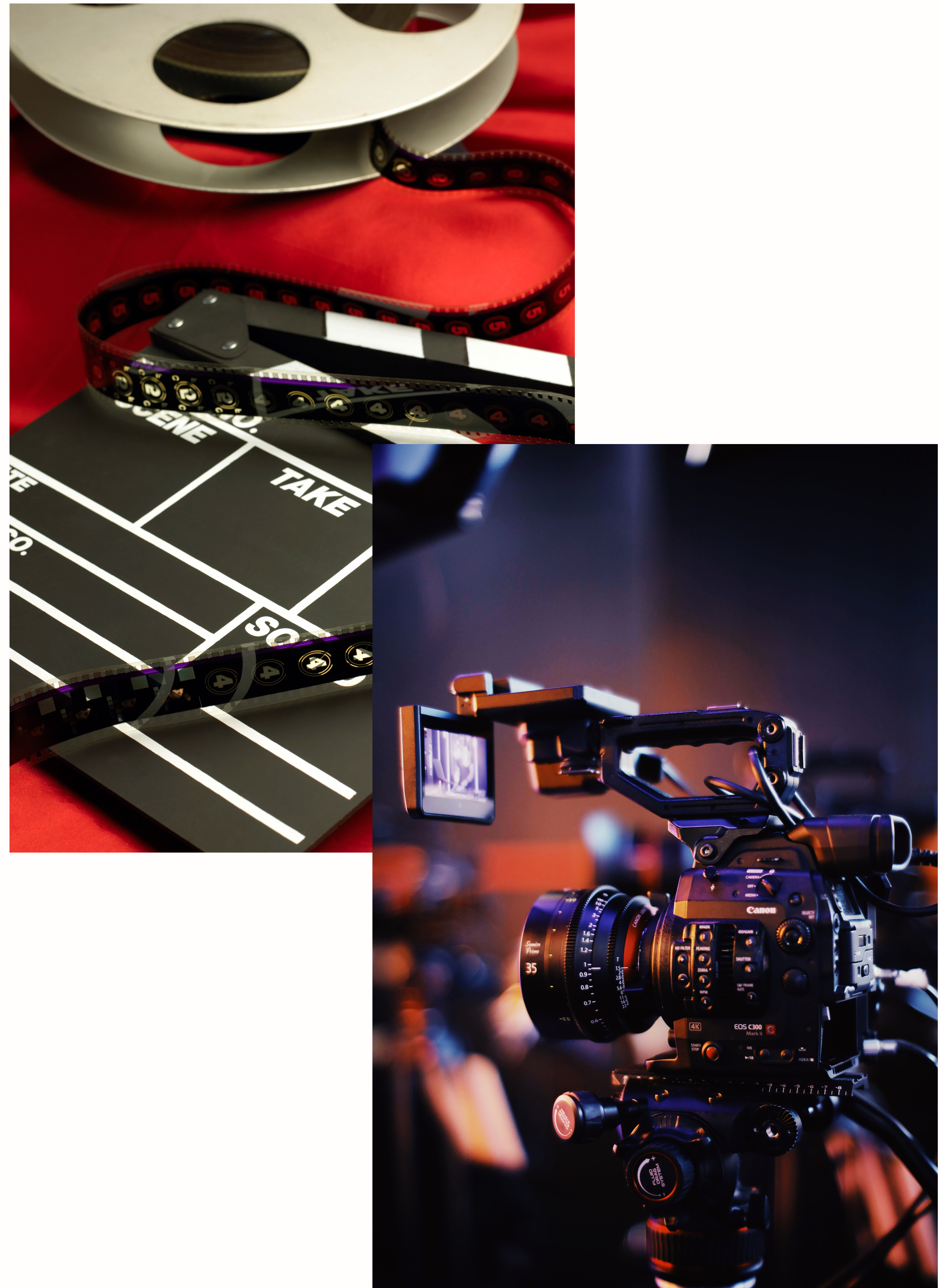Getting Movie Rights-IPR

Alphaneon is a Mumbai-based company that specializes in providing comprehensive solutions for acquiring movies, serials, websites, videos, and songs, both domestically and internationally.

Our services include
We understand that acquiring the rights to movies, serials, songs, and other content can be a complex and time-consuming process, which is why we offer a full range of services to make this process as streamlined and efficient as possible. From research and negotiation to licensing and distribution, we are with you every step of the way to ensure that your project is a success.

The earliest phase in the film production process, pre-production is the preparation part. Planning your film happens here and sees an idea take shape alongside the organizing of how it will be shot.

A film concept is the very basic thought of what it can be. It’s the spark of a story or situation and the central characters you will follow.

To spend money on your film carefully, you make a budget. Decide a realistic limit on what you can afford early enough and spending track throughout the film production process.

The development of film ideas is a repeatable step. It should happen throughout the film production process to refine the quality of your production along the way.
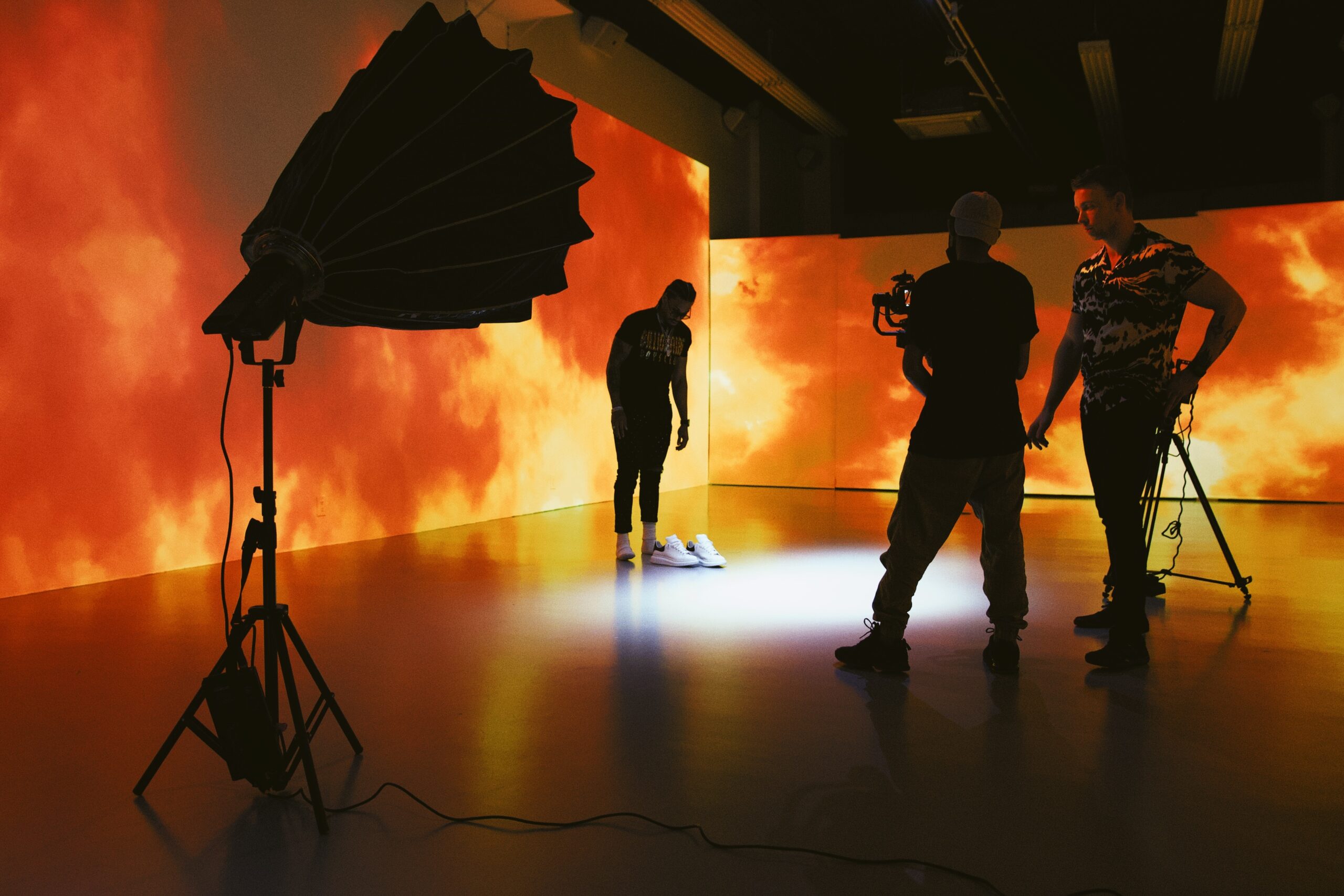
With ideas ready, it’s time to write them down. Every film works from a “screenplay” or script, detailing each scene, setting, and person interaction.

We all need help occasionally, so adding personnel to the production is likely. Lower budget “indie” films use volunteers to reduce labor costs.
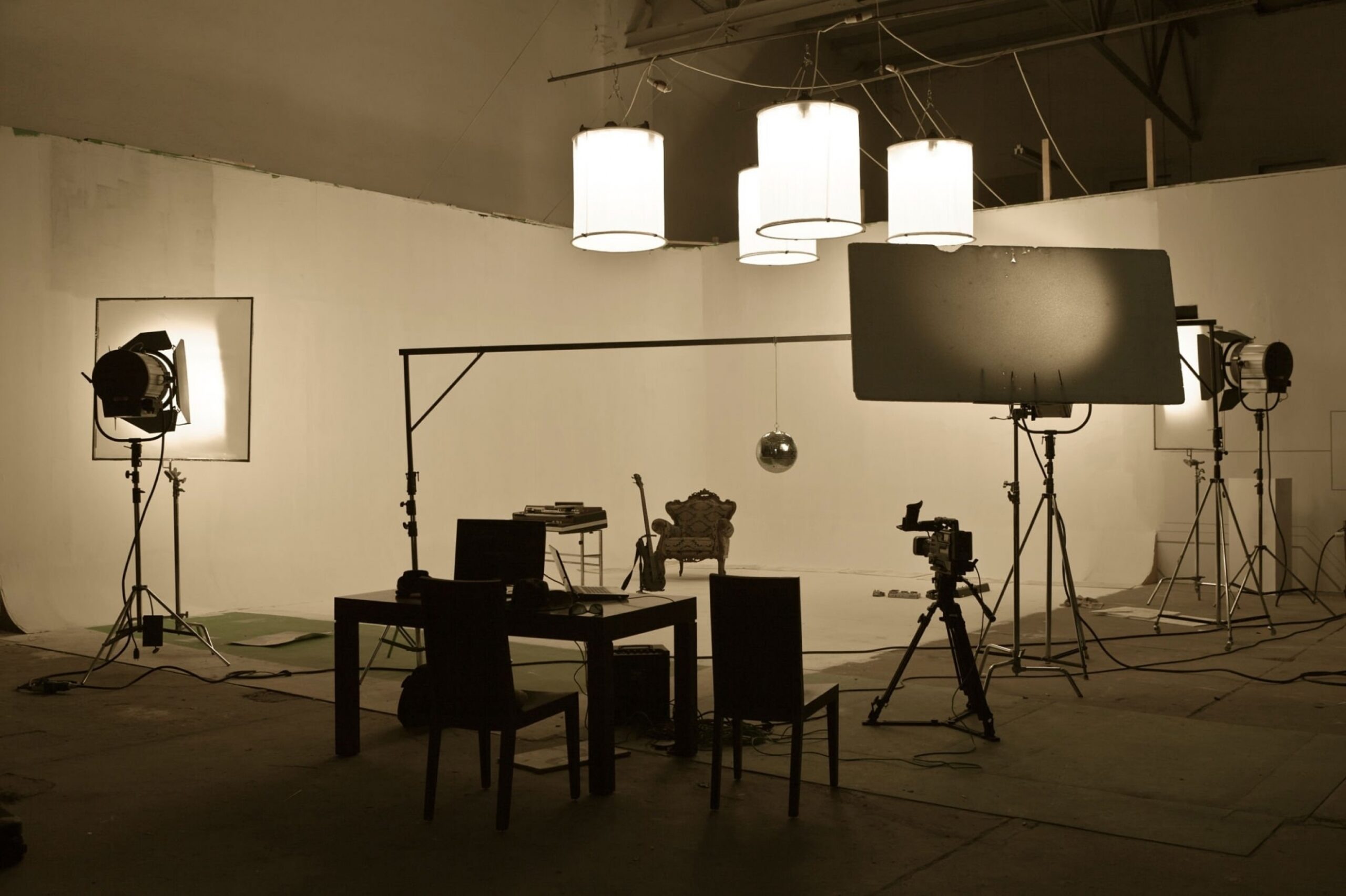
Finding suitable locations for the film shoot is known as scouting. Scouts search for interior and outdoor places that best fit those described in the script.

Storyboards are like a script for the camera to follow. Instead of words, they describe key scene shots and camera angles with illustrations.

A production schedule helps with keeping the film production process organized. It typically takes the form of a day-by-day calendar, spreadsheet, or chart that timetables the filming.
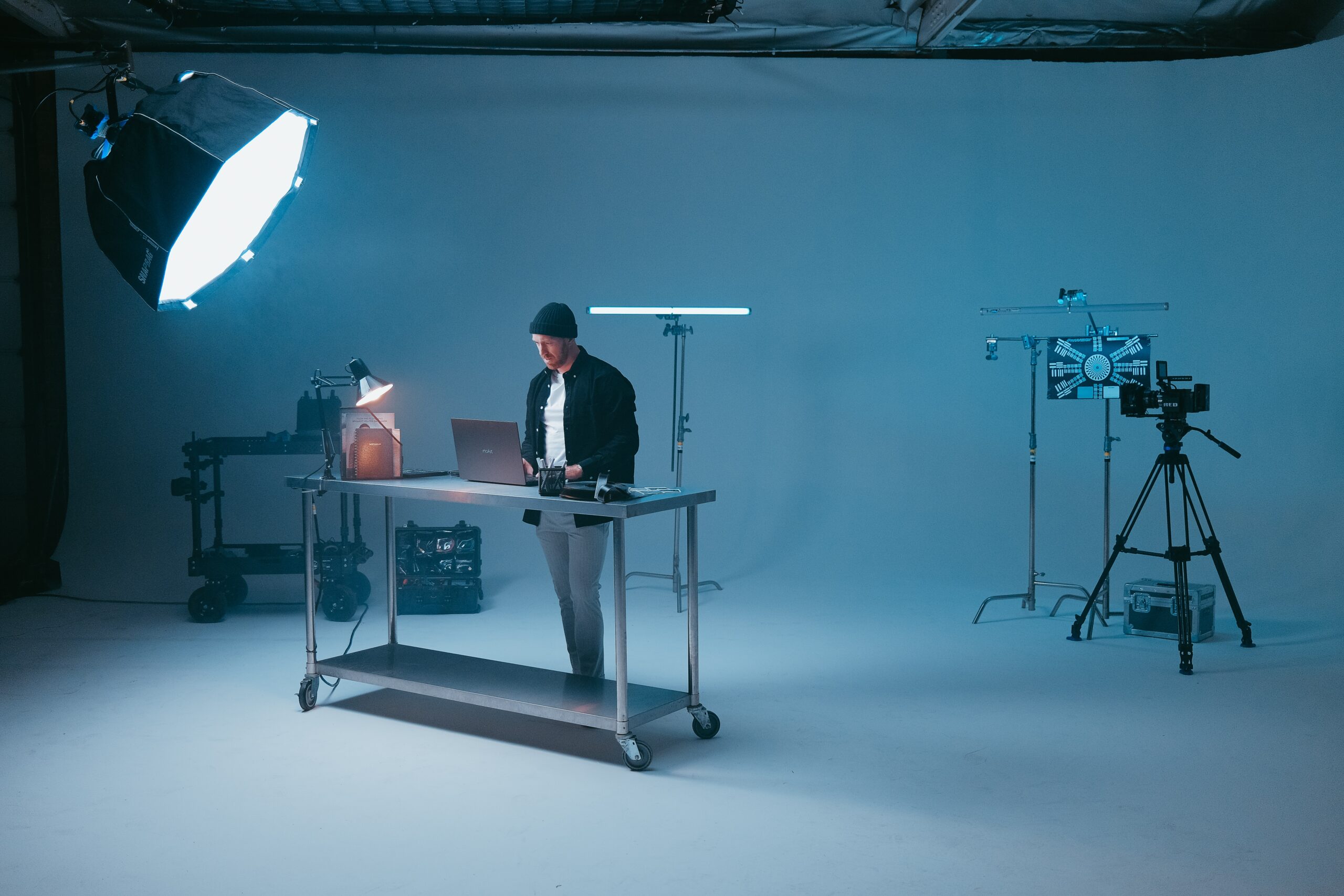
With the project all planned, production can begin. This requires filming (or shooting) all the scenes you’ve scheduled, including both the visuals and audio.
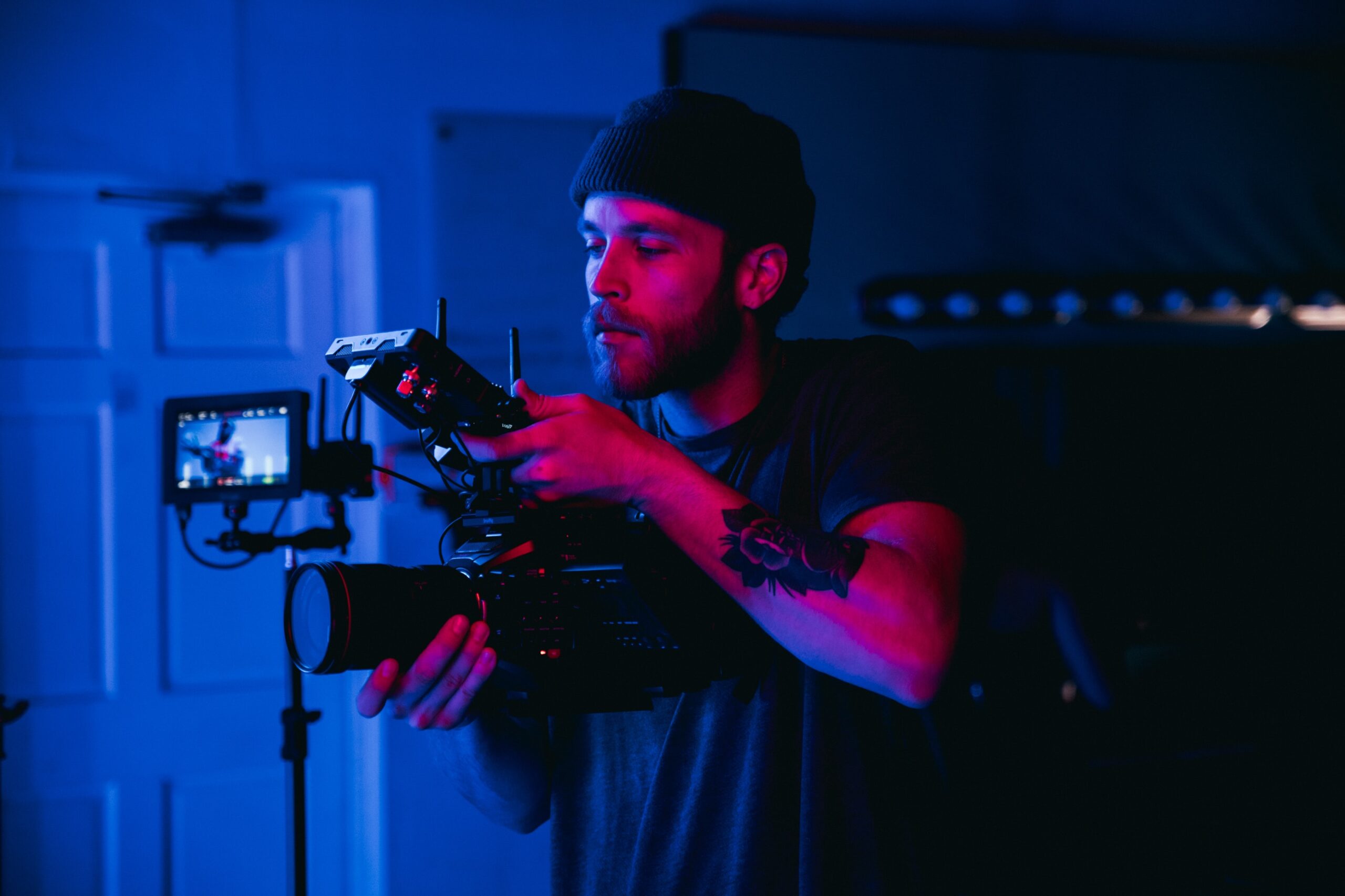
Shooting or filming is the main single step here. It’s all about capturing the raw video, all the shots and sounds that the script demands.

The process of finding and securing suitable filming locations.
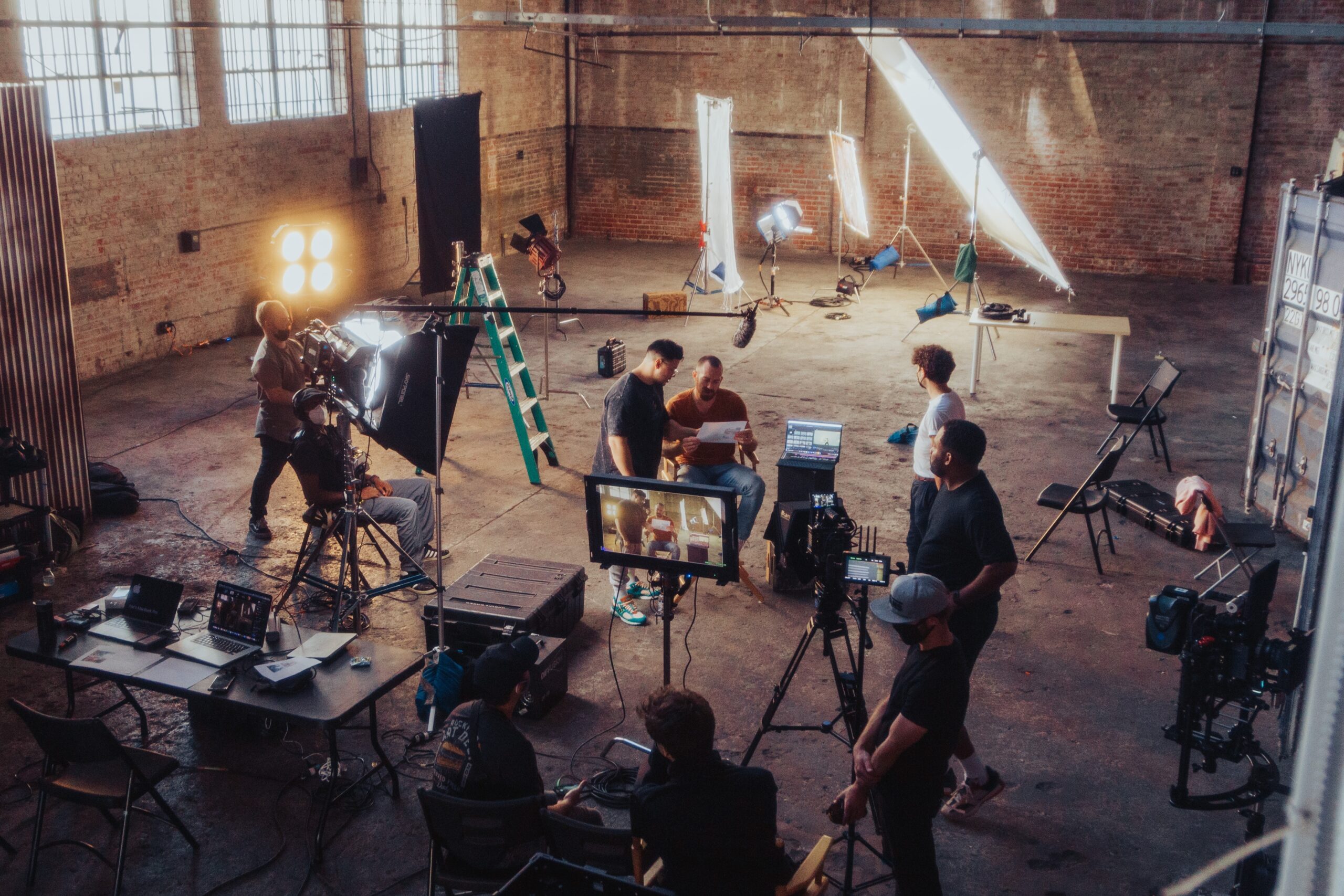
The group of professionals involved in various aspects of movie production, such as camera operators, sound technicians, and lighting specialists.

Post-production is all the work performed on the film after shooting. Once recording “wraps” and the footage is in the can, it’s time to finalize the project ready to show!

Taking time and a lot of skilled work, editing is crucial to telling the story as written in the script and drawn in the storyboard.

This step is typically about the creation of additional sounds not recorded on set.

Not to be confused with color grading (which is more creative and we’ll cover later on), color correction is the process of adjusting the colors in your footage to make it look more ‘true-to-life’.

Visual effects or ‘VFX’ is the adding of images to the film that were impossible or impractical to shoot in the production stage.

Sound mixing ensures every audio element within a film’s soundtrack is correctly balanced.

Color grading is often linked to color correction, but they are different. Color grading is more artistic and is used to style a film’s picture color in less natural.
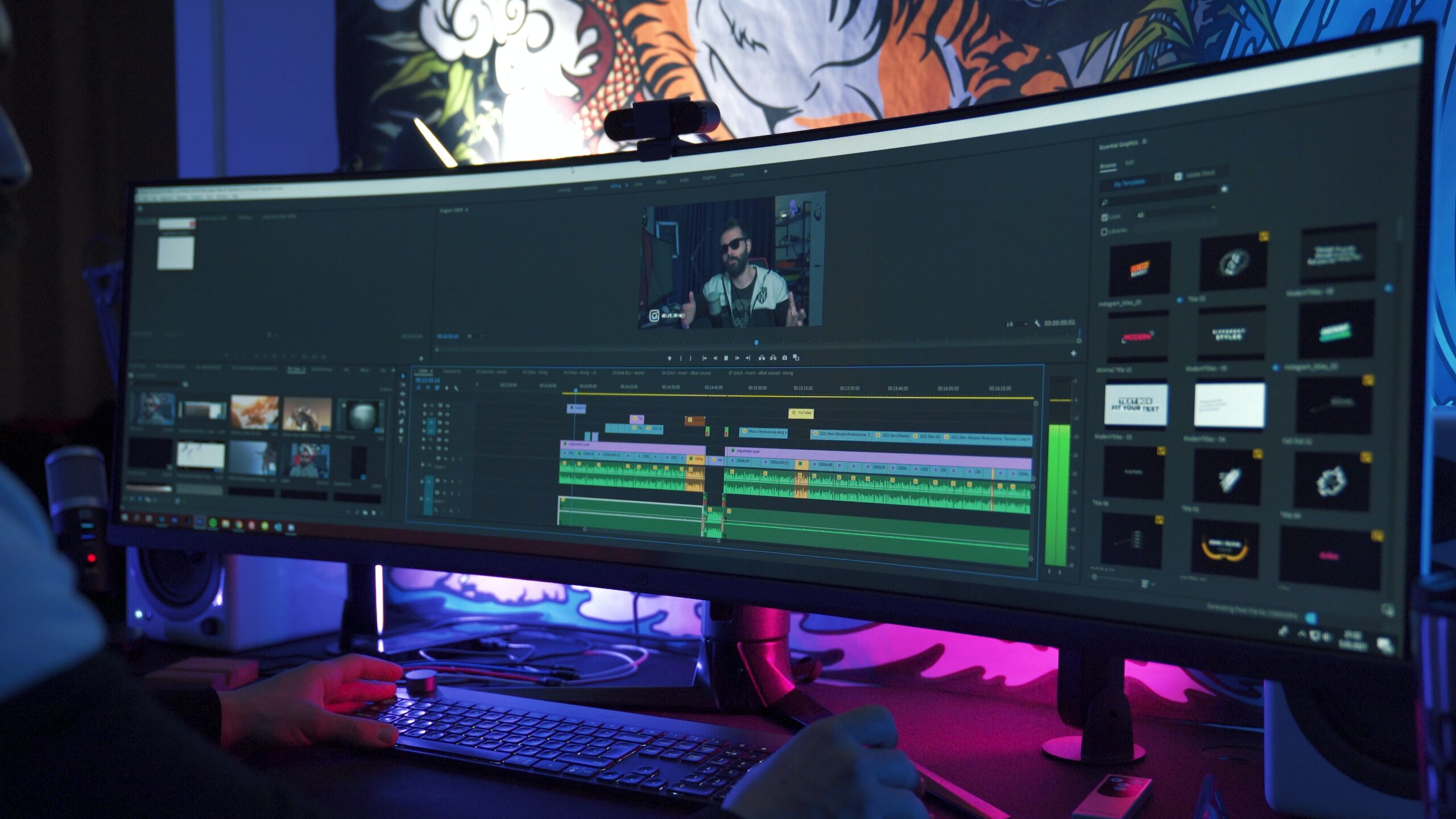
With the film ready to go, it’s time for release. Distribution is about how and where the finished product gets screened. The ways in which the audience hears about it is promotion.

Finished films are marketed and shown by a film distributor. Separate from the film’s main production team, the distributor releases the film to the public.

Promoting a film is any work done to make people aware of it. This includes the marketing campaigns that are usually devised and run by the film’s distributor.

